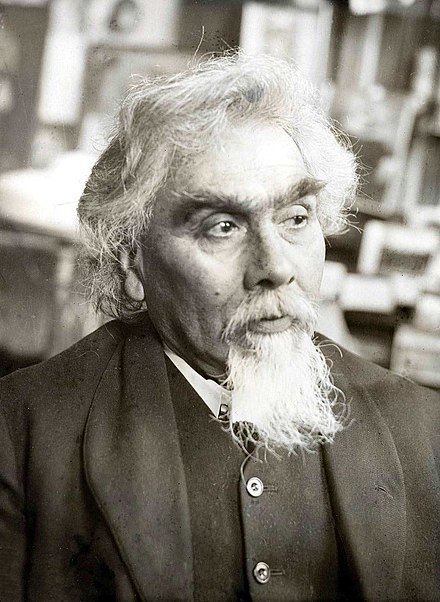This store requires javascript to be enabled for some features to work correctly.

Jan Toorop
Groundbreaking artist Jan Toorop (1858-1928) was multi-racial (his father was Dutch and Indonesian and his mother was English and Chinese) well-traveled and quite worldly. He rubbed shoulders with—and influenced—many other artists via shared studio spaces, collectives and often just mere proximity and/or shared interests. Early on in his career he was part of a radical-in-its time Belgian collective called Les XX, which included Auguste Rodin. In 1892, he mounted the first exhibition of works by a still relatively unknown Vincent Van Gogh. In the waning days of the 19th century, he was the leader of a loose collective of artists (including Piet Mondrian!) who found inspiration in the light of the coastal Zeeland town where they all lived. His work also had a direct influence on Gustav Klimt, inspiring him to experiment with materials and subject matter as he refined his practice and style into a visual language that remains instantly recognizable (and influential) today.
Devoted to his craft, curious and unwilling to limit himself to any particular genre or subject, Toorop experimented with—and became highly accomplished in—many styles over the years: realism, impressionism and its many subgenres, pointillism and of course Art Nouveau, the latter being the style/era most evident with our fair witches. (This image was notably created prior to his conversion to Catholicism in 1905, at which time his focus shifted to religious works.) He made portraits of friends and loved ones, painted romantic landscapes, and also made many richly detailed and somewhat gloomy works that were ripe with symbolism and hints of terror. He also did commercial works, Poster for Delft Salad Oil (Salad Witches) being the most recognized, iconic and influential among them.



